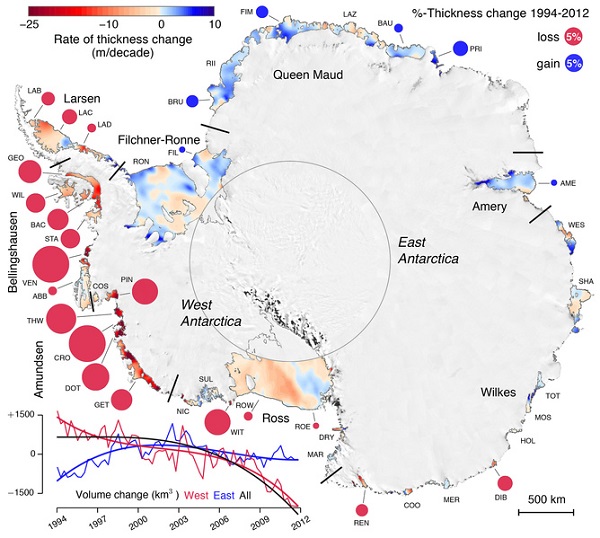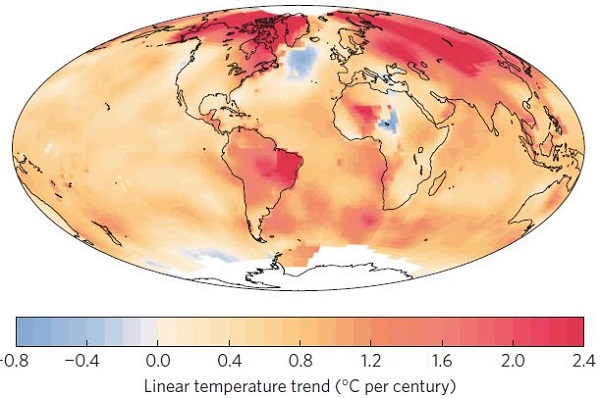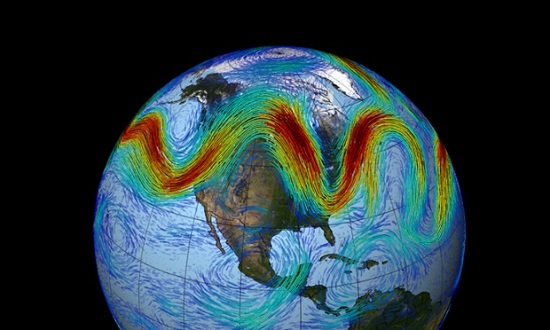
Annastacia Palaszczuk has put her premiership on the line by sacking Billy Gordon, the Member for Cook, from the ALP and asking him to resign his seat.
The state of the parties now is that the LNP has 42, the ALP 43, the Katter Party has two and there are two independents, Peter Wellington and Billy Gordon. To govern a party needs 45 votes, including the casting vote of the speaker, currently Peter Wellington.
To cut to the chase, Gordon is not legally obliged to resign, and I suspect he won’t. The Katter Party are in talks with Labor, as they “don’t want to be in the business of tearing down governments every six months or every year.”
The Katter Party:
wants Labor’s commitment on improving regional roads, water development, mandating ethanol in fuel and setting up a rural development bank.
This whole matter was raised by Geoff Henderson on the NSW election thread. For posterity I’ll attempt to outline the relevant information here.
The Brisbane Times link contains the full text of Gordon’s statement about his past. His record with the law is summarised at the ABC:
- Breaking and entering and stealing in 1987 in Innisfail
- Breaking and entering with intent, attempted breaking and entering and stealing in 1990 in Atherton
- Breach of probation in 1992 in Atherton
- Public nuisance in 1996 in Normanton and breach of bail conditions in 1999
- Driver licence suspended for unlicensed driving in 2004 and 2008
- Served with an Apprehended Violence Order in 2008 after a complaint by his mother.
I understand he also falsified tax returns to avoid paying child support. Furthermore on Friday Palaszczuk referred Gordon to police amid allegations he abused a former partner a decade ago.
Gordon has deceived the public, the ALP in pre-selection and Palaszczuk said he looked her in the eye and lied to her. He should resign from parliament.
However, his statement published in the Brisbane Times makes much of his underprivileged upbringing and his yearning for a “perfect father figure” when he got into trouble with the law as a teenager. I get the impression that he has forgiven himself much, and will do so again. His latest statement:
Mr Gordon, the member for Cook, said in a statement he was weighing up his options and needed time to seek further legal advice and discuss the matter with his family and supporters.
“I am very concerned that I should be afforded natural justice in any determination that my tenure as the Member for Cook should be terminated because of [the Premier’s] move to see me expelled from the Labor Party and her wish for me to resign as a Member of Parliament,” the statement said.
“The Premier has previously requested that the Police Commissioner investigate whether I have transgressed any law and that process should be allowed to continue its natural course.
“Any other attempt to remove me from the Parliament and force me to resign is a denial of natural justice.”
He said in the statement he had a “serious eye operation” on Monday.
Legally Professor Graeme Orr of Queensland University said Mr Gordon could only be forced to resign from Parliament if he served more than a year in jail.
A question has been raised as to whether Labor should accept Gordon’s vote. Personally I think this would only further disenfranchise the citizens of Cook.
Meanwhile the Katter Party are asking quite a lot of a cash-strapped government. The alternatives then are trying to govern as a minority government, or going to the people. Katter plus LNP does not add up without Wellington, and it is doubtful that he would give the LNP a go.
I understand that the LNP in post-polling analysis believe that dislike of Campbell Newman was worth about 7% to Labor. On that basis they would expect to win in a canter. Graham Young who has also done some polling believes that there was a significant “protest vote element” of people wanting to send the Newman government a message, but not wanting to elect Labor.
Update: Gordon holds Cook on a margin of more that 6%.




